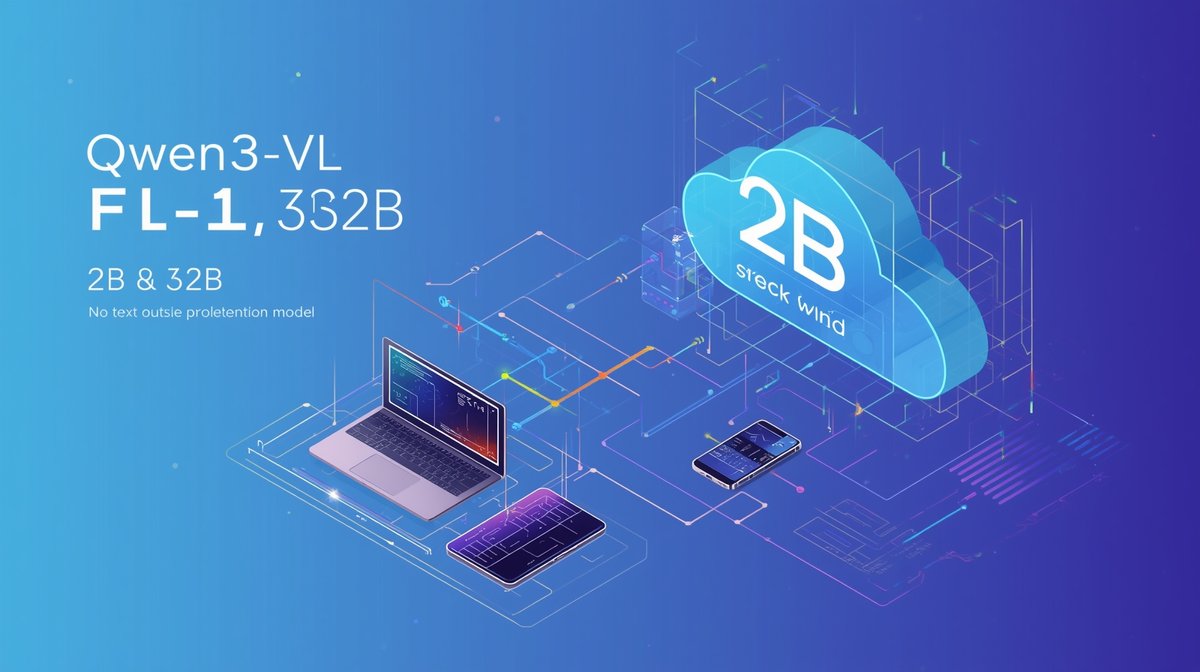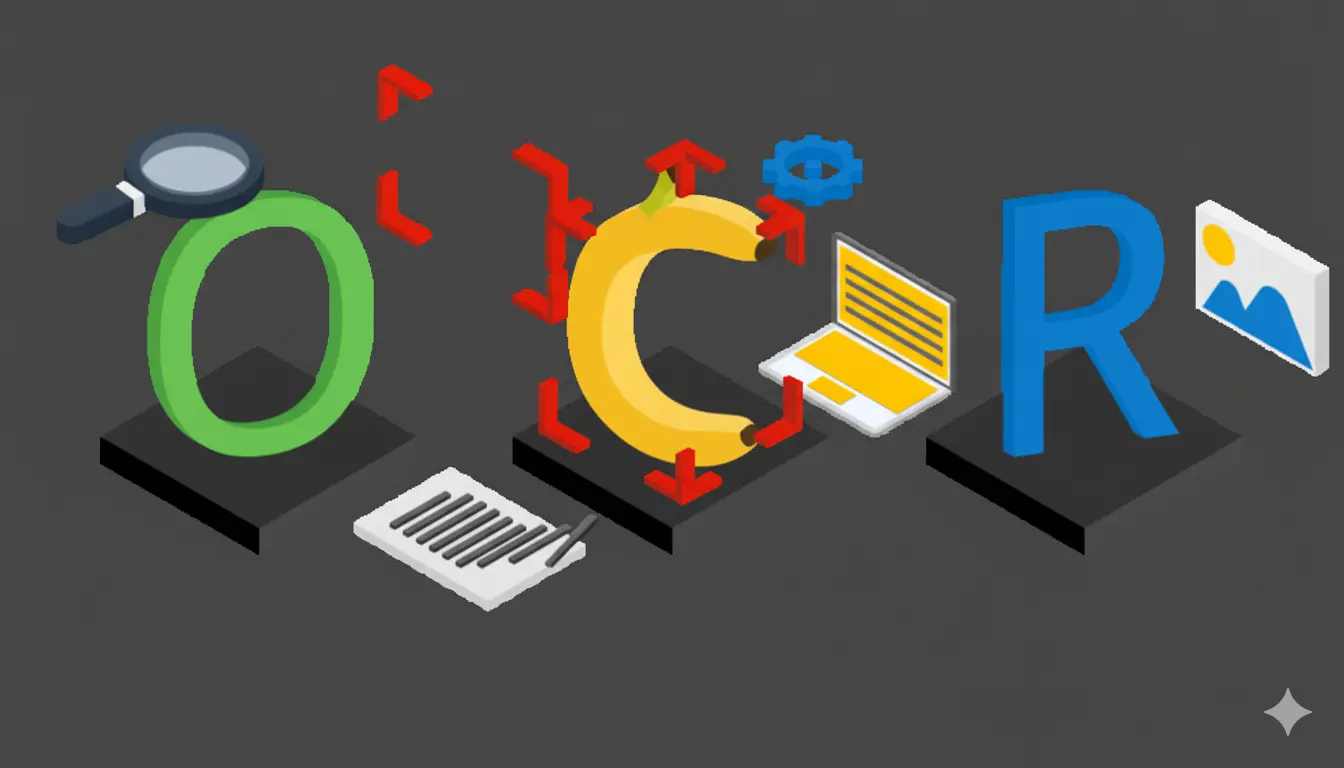
The Qwen3-VL-32B Revolution: How Alibaba Just Schooled Western AI Giants
China's vision-language model outperforms GPT-5 Mini and Claude Sonnet while running locally - and developers are taking notice
The open-source AI community just witnessed something remarkable: Alibaba’s Qwen3-VL-32B isn’t just competing with Western vision-language models - it’s beating them at their own game while running on hardware you probably have sitting on your desk right now.
While Silicon Valley hypes cloud-only AI services that drain budgets faster than startup burn rates, Alibaba quietly dropped a dense model that reportedly outperforms GPT-5 Mini and Claude 4 Sonnet in STEM benchmarks like MathVista and MMMU. This isn’t incremental improvement - it’s a paradigm shift in what’s possible with local deployment.
The Benchmarks That Should Worry OpenAI
When independent reviews claim a 32-billion parameter model beats commercial competitors while being deployable locally, you pay attention. The sentiment in developer communities is telling - one Reddit user noted testing Qwen3-VL-32B against “several other local models” on their workstation and finding it “really good.” Another mentioned being a “huge fan of Qwen 2.5 VL” and being pleased with the 3-series update.
What’s happening here isn’t just technical advancement - it’s a fundamental challenge to the “bigger is better” mentality dominating AI research. The Qwen3-VL-32B delivers cloud-level performance without the cloud dependency, opening up possibilities for privacy-sensitive applications and cost-effective deployments.
Architectural Innovation That Actually Matters
Where Alibaba differentiated itself wasn’t in chasing parameter counts, but in solving practical deployment problems:
Dense Model Architecture: While everyone obsesses over Mixture-of-Experts architectures, Alibaba stuck with dense models for the Qwen3-VL series. This might sound like a compromise until you realize dense models offer predictable deployment with no expert routing variability or specialized infrastructure requirements. For developers building actual products, reliability trumps theoretical performance gains every time.
Interleaved-MRoPE: This positional embedding system handles spatial and temporal dimensions simultaneously, allowing the model to reason about long videos in ways previous models couldn’t. We’re talking hour-long video analysis with accurate temporal localization - something that previously required cloud-scale computing power.
DeepStack Feature Fusion: By combining multiple Vision Transformer layers, the model maintains both high-level semantic understanding and fine-grained detail recognition. It’s essentially giving the AI access to both the “what” and “where” of visual information simultaneously.
The Context Window That Changes Everything
Both the 2B and 32B models support a native 256K context window, expandable to 1 million tokens. Let that sink in - you can throw entire textbooks, multi-hour videos, or hundreds of pages of documentation at this thing and it maintains coherent understanding throughout.
The OCR capabilities demonstrate this scale perfectly. Supporting 32 languages (up from 19 in previous versions) while handling low-light conditions, blur, tilt, rare characters, ancient texts, and technical jargon shows this isn’t just pattern matching - it’s genuine document structure comprehension.

Edge Deployment That Actually Works
The 2B variant represents something genuinely revolutionary: frontier AI capabilities running on actual edge hardware. We’re not talking “edge” in the marketing sense where you still need a datacenter nearby - this runs on smartphones, laptops, and Raspberry Pis.
Developers testing the 2B model report it “works very well for OCR” directly on consumer hardware. The ability to run sophisticated vision-language processing locally opens up entire categories of applications that were previously impossible due to privacy concerns, latency requirements, or connectivity limitations.
But the real story is the 32B model’s performance per GPU memory efficiency. For organizations with finite compute budgets - which is everyone outside Big Tech - this translates directly to reduced infrastructure costs while maintaining competitive capabilities.
The Visual Agent Capability Everyone Overlooked
Here’s where Qwen3-VL crosses from impressive to genuinely disruptive: these models can operate PC and mobile GUIs autonomously. Not through API wrappers - they actually look at your screen, recognize UI elements, understand functionality, and can plan multi-step interactions to complete tasks.
The visual coding capabilities extend this further. Feed it an image or video, and it generates Draw.io diagrams, HTML, CSS, and JavaScript. Early demos show it reconstructing entire webpage layouts from screenshots with surprising accuracy.
This isn’t theoretical capability - developers are already testing these features. One commenter noted you could “show a VL model a hand-drawn duck and ask it to recreate the duck in SVG, then ask it to place 12 ducks with another big duck or whatever.” The creative potential is staggering.
The Community Adoption Race
Developer communities aren’t waiting for official support. Within days of release, developers created unofficial llama.cpp releases specifically for Qwen3-VL-32B. The r/LocalLLaMA community shows multiple threads discussing GGUF implementations and performance optimizations, with one user noting they “tried both the CPU and Vulkan” versions of pre-built releases.
This rapid community adoption speaks volumes. When developers bypass official channels to get hardware running, you know you’ve struck gold. The sentiment leans heavily toward enthusiasm for having competitive multimodal capabilities available locally rather than through cloud APIs.
Performance That Challenges Commercial Giants
The numbers don’t lie: Qwen3-VL-235B-A22B-Instruct (the larger MoE sibling) already commands 48% market share for image processing on OpenRouter, beating both Gemini 2.5 Flash and Claude Sonnet 4.5. The 32B dense model maintains this competitive edge while being dramatically more resource-efficient.
Perhaps the most underappreciated aspect: Qwen3-VL’s text performance reportedly matches Qwen3-235B-A22B-2507, their flagship language model. Through early-stage joint pretraining of text and visual modalities, they’ve created what amounts to a “text-grounded, multimodal powerhouse” that doesn’t sacrifice language understanding for vision capabilities.
What This Means for Developers
The practical implications are substantial:
Reduced Dependency on Cloud APIs: No more worrying about rate limits, privacy concerns, or sudden price increases. The 32B model delivers competitive performance locally.
New Application Categories: Medical imaging analysis that never leaves hospital networks, industrial inspection systems that work offline, real-time video understanding without network latency.
Cost-Effective Scaling: The performance per GPU memory efficiency means you can serve more users with the same hardware budget.
Rapid Prototyping: With official Hugging Face Transformers integration and Ollama support added within days, developers can prototype faster without infrastructure headaches.
The Elephant in the Room: Chinese AI Leadership
Let’s address what everyone’s thinking but few are saying: Western dominance in AI is facing serious competition. When a Chinese company releases models that compete with - and in some cases beat - established Western players while being more deployment-friendly, it signals a shift in the global AI landscape.
The open-source nature of these models means they’re available for anyone to use, modify, and deploy without geopolitical restrictions. This levels the playing field in ways that could reshape the entire AI ecosystem.
Deployment Reality Check
Of course, no model is perfect. Some early testers reported issues with hallucinations when processing screenshots, particularly with heavily quantized versions. The memory requirements, while impressive for the capabilities, still demand serious hardware - the 32B model needs substantial VRAM to run effectively.
The community continues to work on optimizations, with multiple GitHub branches competing to provide the best llama.cpp implementation. This rapid iteration cycle demonstrates both the model’s potential and the remaining optimization work needed for widespread adoption.
If you’re building anything involving vision and language, Qwen3-VL-32B deserves your immediate attention. The combination of competitive performance, local deployment capability, and rapid community adoption makes it one of the most compelling open-source multimodal releases of the year.
The expanded OCR support alone opens up multilingual document processing applications that were previously impractical. The visual agent capabilities enable entirely new categories of automation. And because these are dense models with straightforward deployment requirements, you can prototype faster, scale more predictably, and maintain systems with less specialized expertise.
We’re moving from an era where powerful multimodal AI required cloud access and significant budgets to one where developers can run sophisticated vision-language models locally. That shift unlocks applications we haven’t fully imagined yet - and Qwen3-VL-32B is leading the charge.
The code is on Hugging Face ↗, the models are on Ollama ↗, and the community is already building with them. Sometimes the most important releases aren’t the ones with the biggest numbers - they’re the ones that remove barriers. Alibaba just removed several major ones.



